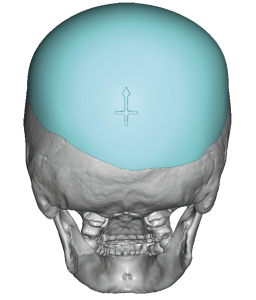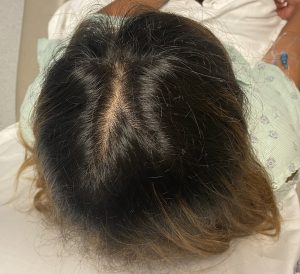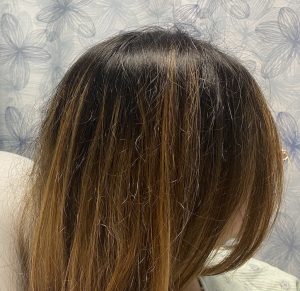


The scalp incision must be made parallel to the exit of the hair follicles from the scalp to avoid injury to them. On the back of the head the hair is almost always going to exit in a very downward direction. On the crown and top of the head the direction of hair exit from the scalp will be different and may even be more anterior. Scissors are used to dissect past the hair follicles and then, and only then, is electrocautery used for a more bloodless dissection down to the bone.

In aesthetic skull augmentations I do not have the luxury of a broad smooth hair free scalp surface.You have to work with the hair gives that it is an aesthetic procedure. Despite the hair exposure into the surgical field this does not appear to increase the risk of infection. This is a testament to the superb blood supply of the scalp and the skull bone.
Dr. Barry Eppley
World-Renowned Plastic Surgeon





